SOURCE: IDRW.ORG TEAM.
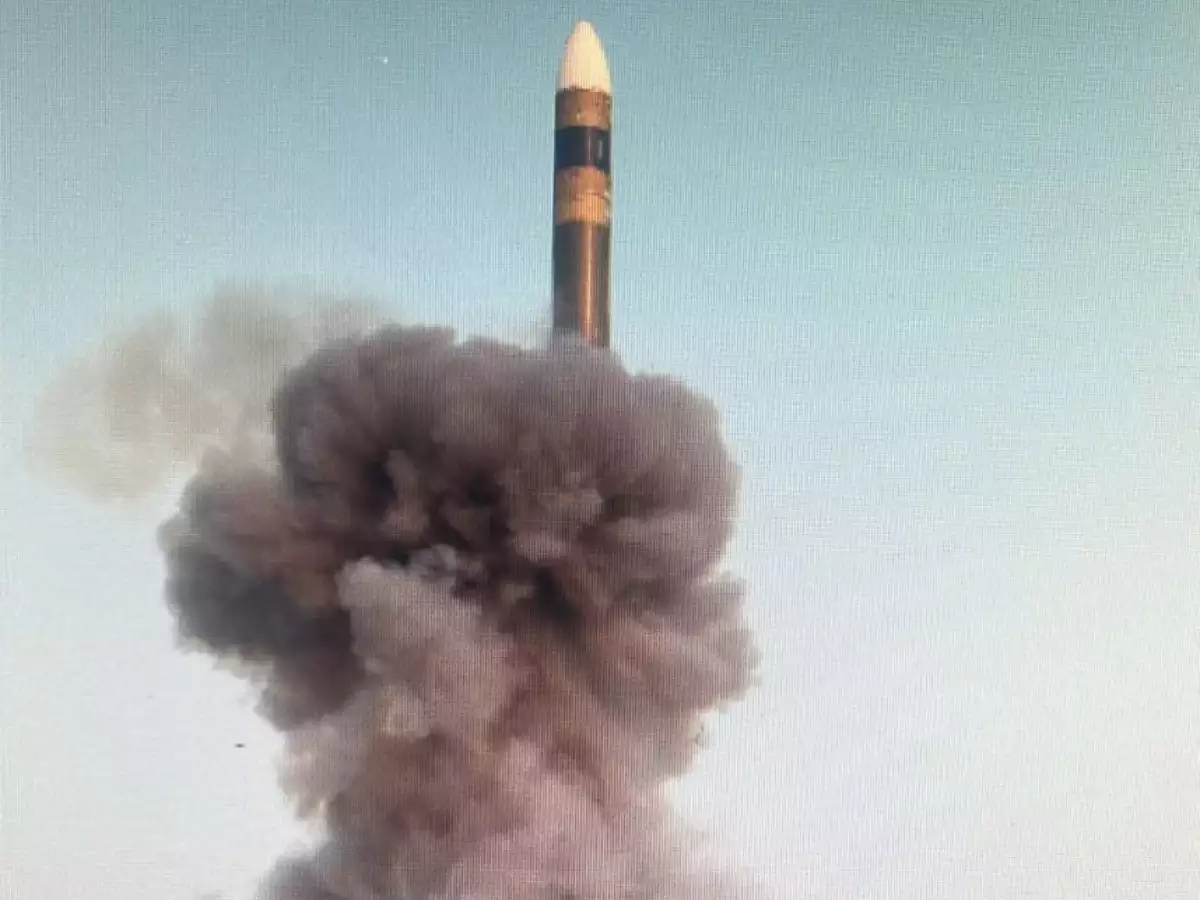
A curious pattern has emerged: Chinese spy vessels conveniently appear in the Indian Ocean Region (IOR) whenever India issues a Notice to Airmen (NOTAM) for a missile test. According to top officials in the Defence Research and Development Organisation (DRDO) speaking to idrw.org, this heightened Chinese interest stems from India’s unique missile technology, particularly its manoeuvrable trajectories and multiple, field-interchangeable warheads.
Indian missiles stand out for their unpredictable flight paths. This capability, achieved through pitch manoeuvres, makes them difficult to track and intercept by enemy (air defense) systems. Additionally, Indian missiles boast the capability to carry multiple warheads, which can be swapped out in the field depending on the mission requirements. This versatility adds another layer of strategic advantage.
Continue readingSOURCE: IDRW.ORG.

The Indian Coast Guard (ICG) signed a contract with Armoured Vehicles Nigam Limited (AVNL) today for the procurement of ten 30 mm CRN-91 naval guns along with associated Standard Operating Procedures (SOPs).
The CRN-91 gun is an indigenously developed weapon manufactured by Ordnance Factory Medak. It’s already in service with the ICG, proving its effectiveness in the country’s maritime defense strategy.
Continue readingSOURCE: RAUNAK KUNDE / NEWS BEAT / IDRW.ORG
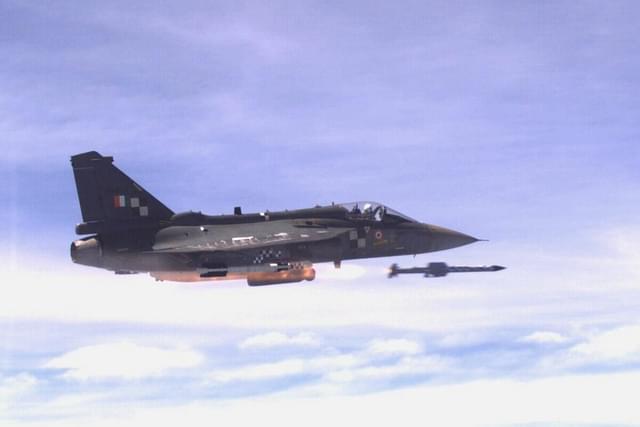
The Aeronautical Development Agency (ADA) has issued a tender for a crucial analysis project related to the integration of the Astra Mk-I air-to-air missile on the Light Combat Aircraft (LCA). This project focuses on ensuring the reliability and safety of this integration.
The tender calls for a “Reliability And Safety Analysis For Astra Mk-I Integration On Lca.” This analysis will play a vital role in minimizing potential risks associated with the Astra missile’s integration into the LCA fighter jet.
Continue readingSOURCE: RAUNAK KUNDE / NEWS BEAT / IDRW.ORG
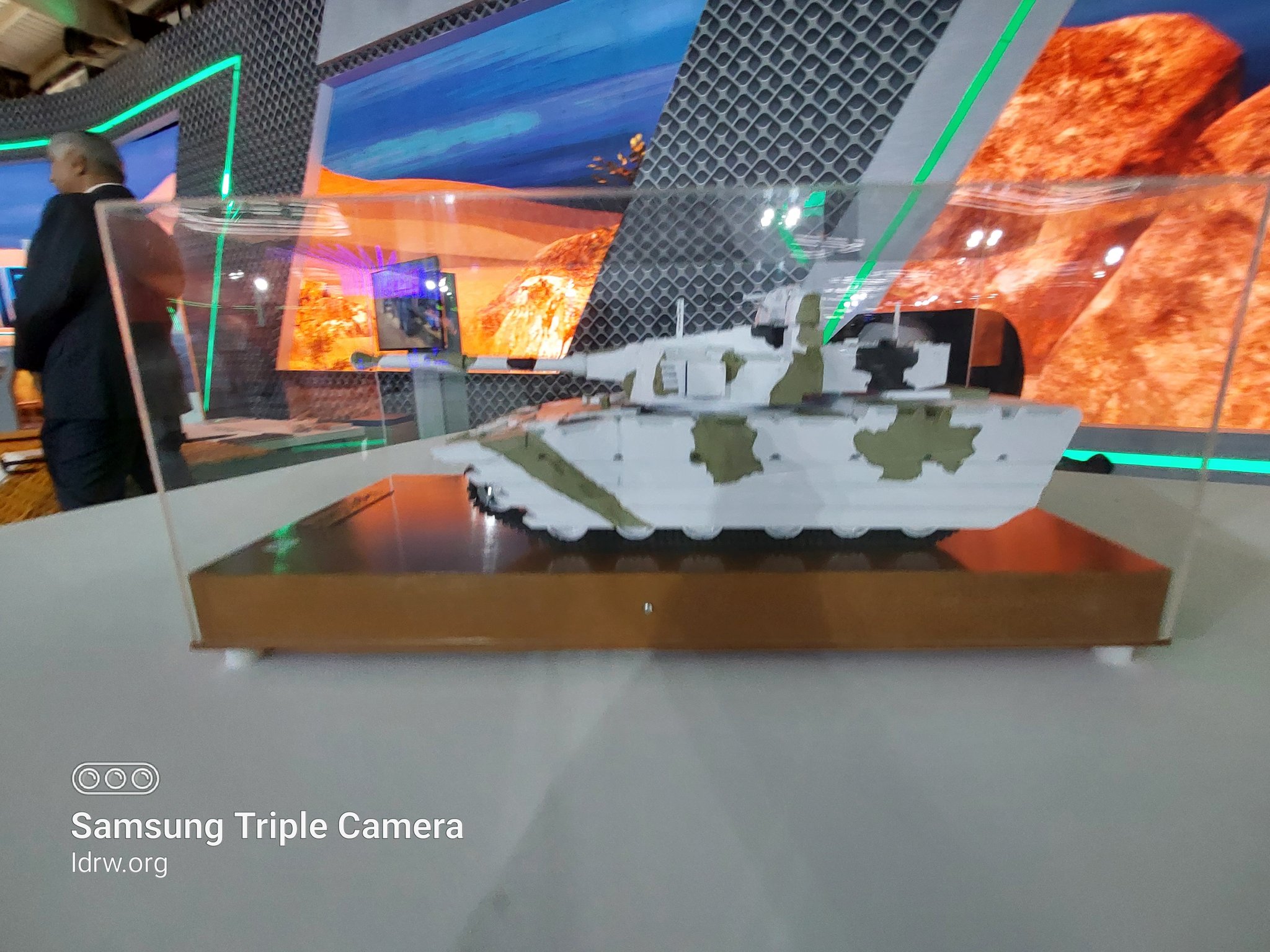
The Defence Research and Development Organisation (DRDO) is likely to propose the development of a self-propelled anti-aircraft gun (SPAA) variant based on its indigenously developed Light Tank. This proposal comes in response to the Indian Army’s long-standing requirement for 104 units of mobile short-range air defence systems.
The Indian Army’s Self-Propelled Air Defence Gun Missile System (SPAD-GMS) program aims to address a critical gap in its air defence capabilities. DRDO’s solution leverages the Light Tank chassis, offering a highly mobile platform for this new SPAA system.
Continue readingSOURCE: RAUNAK KUNDE / NEWS BEAT / IDRW.ORG

The Indian Navy is reportedly exploring options to extend the operational life of its MiG-29K fighter jets beyond the initial retirement timeline of 2035. This move comes amidst delays in the procurement of a replacement aircraft under the Twin Engine Deck-Based Fighter (TEDBF) program.
The TEDBF program, aimed at acquiring new carrier-borne fighters, is yet to receive crucial approval from the Cabinet Committee on Security (CCS). This delay is expected to push back the program’s timeline significantly. Even under an optimistic scenario, the CCS clearance next year would be followed by a three-year rollout period, developmental flight trials lasting 3-4 years, and finally production – a process unlikely to be completed before 2033.
Continue readingSOURCE: IDRW.ORG.

In a recent interview with Bharat Shakti Editor-in-Chief Nitin A. Gokhale, Commodore A. Madhavarao (Retd.), Chairman and Managing Director of Bharat Dynamics Limited (BDL), shed light on India’s advancements in ballistic missile defense. The focus of the discussion was the Prithvi Defence Vehicle (PDV), an anti-ballistic missile designed to eliminate incoming threats in the exo-atmosphere.
The PDV is a two-stage, solid-fueled interceptor missile manufactured by BDL. This formidable weapon operates at an altitude range of 50 kilometers to 180 kilometers, targeting ballistic missiles within the exo-atmosphere. A key feature of the PDV is its DRDO-developed Imaging Infrared (IIR) seeker. This technology enables the PDV to differentiate between actual warheads and potential decoys, ensuring precise targeting.
Continue readingSOURCE: IDRW.ORG.
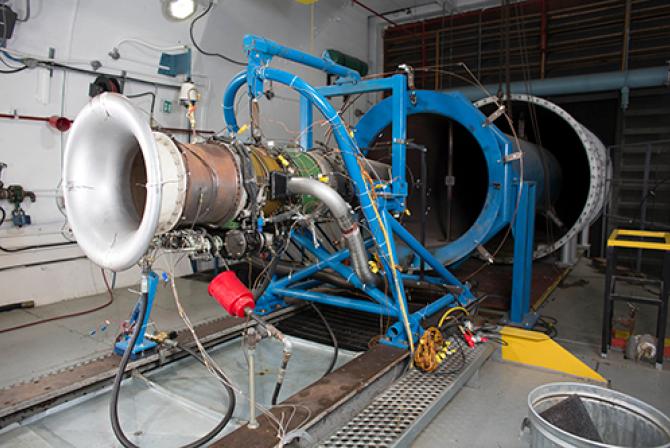
Bengaluru-based deep-tech startup Nabhdrishti Aerospace, a pioneer in indigenous gas turbine engine development, has secured a funding of Rs 3 crore from IIMA Ventures. This investment will fuel the development of a fuel flex combustor prototype through rigorous testing of the fuel injector and combustor components.
Nabhdrishti Aerospace specializes in Small Gas Turbines designed for various applications, including hybrid-electric Urban Air Mobility (UAM) vehicles, unmanned aerial vehicles (UAVs), cruise missiles, and decentralized power generation. This technology holds promise for revolutionizing the aerospace industry and enabling a cleaner future.
Continue readingSOURCE: RAUNAK KUNDE / NEWS BEAT / IDRW.ORG
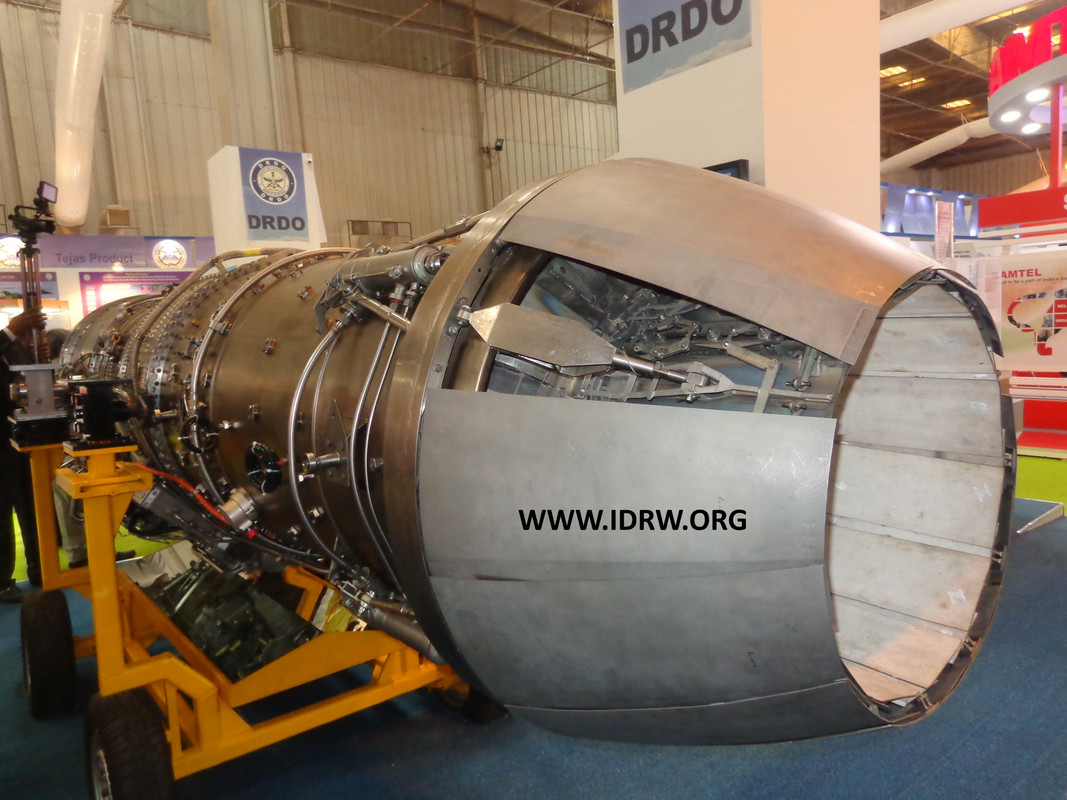
The Gas Turbine Research Establishment (GTRE) of India’s Defence Research and Development Organisation (DRDO) has received a new batch of Dry Kaveri engines. These engines will undergo further testing and certification to pave the way for their integration into indigenous fighter jets.
This development marks a significant step forward for the Dry Kaveri program, which aims to develop a powerful engine for the DRDO Ghatak Unmanned Strike combat aircraft. After nearly a decade of delays, the project seems to be gaining momentum.
Continue readingSOURCE: RAUNAK KUNDE / NEWS BEAT / IDRW.ORG

General Electric (GE) is poised to revolutionize India’s aerospace industry with its cutting-edge engine technology. Currently negotiating a deal with Hindustan Aeronautics Limited (HAL) for the F-414 engine, GE is pushing the boundaries of collaboration by proposing a significant transfer of technology (ToT) agreement, aiming for an impressive 80 per cent ToT.
The proposed collaboration between GE and HAL extends beyond the acquisition of existing engine technology. GE is also exploring the possibility of partnering with the Defence Research and Development Organisation (DRDO) to co-develop a new engine based on the F-414 platform. This engine holds the promise of powering India’s ambitious 5th generation Advanced Medium Combat Aircraft (AMCA) fighter jets, marking a significant leap forward in indigenous defence production.
Continue readingSOURCE: RAUNAK KUNDE / NEWS BEAT / IDRW.ORG

The Indian Army has made significant strides towards self-sufficiency in ammunition production. In a major push towards indigenization, the Army has identified local sources for nearly 150 out of the 175 types of ammunition it utilizes. This initiative aims to eliminate ammunition imports by the financial year 2025-26.
This development marks a significant shift for the Indian Army, which has traditionally relied on imports to meet a portion of its ammunition needs. The corporatization of Ordnance Factories and the entry of several private sector players in recent years have significantly bolstered domestic production capabilities.
Continue readingSOURCE: IDRW.ORG

The Ordnance Equipment Factory Hazratpur (OEF Hazratpur) has announced the successful deployment of its high-altitude logistics drone, “AIRAWAT,” in the majestic Himalayas. This marks a revolutionary step forward in logistical operations within the challenging Himalayan region.
AIRAWAT is equipped with cutting-edge technology, including sophisticated navigation systems and a robust payload capacity. These features allow it to navigate the treacherous Himalayan terrain with ease. During its trials, the drone successfully reached a flight altitude of 5,000 meters near the Indo-China border, demonstrating its ability to operate in harsh weather conditions and showcasing its exceptional ruggedness and reliability.
Continue readingSOURCE: IDRW.ORG.
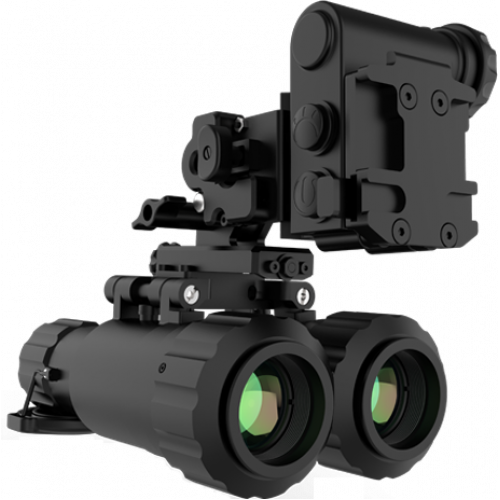
The Indian Air Force (IAF) is set to procure around 200 advanced night vision goggles (NVGs) to improve the operational capability of its Mi-17V5 and Dhruv helicopter fleets. These NVGs, specifically the Netro NB-3101 developed by MKU, will provide pilots with superior night vision capabilities for flying and maneuvering during low-light conditions.
The Netro NB-3101 utilizes advanced optics and a Gen III Image Intensifier sensor to deliver high-resolution, stereoscopic vision. This allows pilots to navigate effectively at night and in low-visibility environments. The system is also rugged, waterproof, and compliant with MIL-STD-810G standards, ensuring durability in tough operating conditions.
Continue readingSOURCE: SATYAJEET KUMAR/ FOR MY TAKE / IDRW.ORG

As Prime Minister Narendra Modi’s tenure marks a decade in power, one glaring failure stands out—the inability to finalize the Multi-Role Medium Range Fighter Aircraft (MMRFA) deal for the Indian Air Force (IAF). Despite repeated assurances and pledges to strengthen India’s defense capabilities, the prolonged delay in acquiring much-needed fighter jets has left the IAF in a precarious position, grappling with operational challenges and strategic vulnerabilities.
The MMRFA deal, aimed at procuring 114 fighter jets to bolster the IAF’s fleet, has been mired in controversy and bureaucratic hurdles, with the Rafale row casting a long shadow over the procurement process. The Rafale controversy, stemming from allegations of irregularities and favoritism in the acquisition of 36 Rafale fighter jets from France, has further complicated efforts to finalize the larger MMRFA deal, exacerbating delays and uncertainty.
Continue readingSOURCE: RAUNAK KUNDE / NEWS BEAT / IDRW.ORG

Hindustan Aeronautics Limited’s (HAL) HJT-36 Sitara intermediate jet trainer (IJT) program seems poised for a breakthrough. After years of delays, the aircraft is expected to receive final clearance later this year, paving the way for user trials and potential production.
The HJT-36, designed to replace the IAF’s ageing HJT-16 Kiran as a Stage-II trainer, faced a major hurdle when it initially failed spin tests in 2017. These tests, crucial for pilot safety, deemed the aircraft unsuitable for maneuvers rookie pilots might attempt, potentially leading to unrecoverable situations.
Continue readingSOURCE: RAUNAK KUNDE / NEWS BEAT / IDRW.ORG
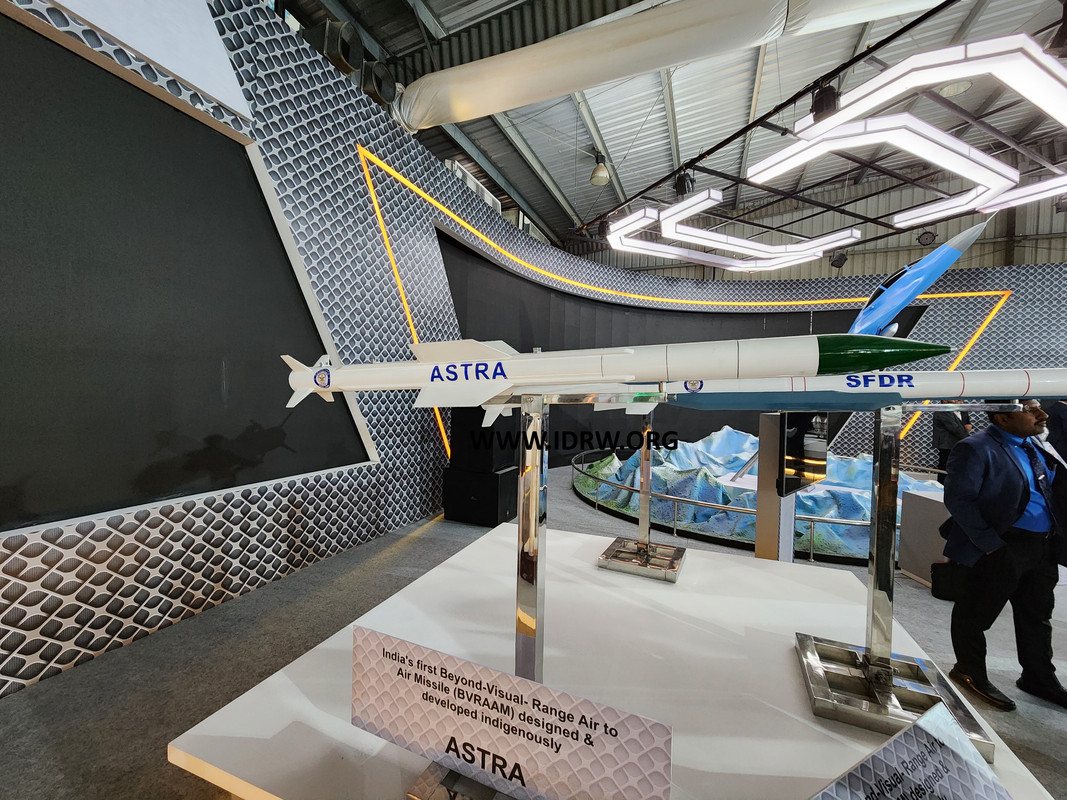
Bharat Dynamics Limited (BDL), the state-owned defence company responsible for manufacturing the Astra Mk1 BVR (Beyond Visual Range) air-to-air missile, is on track for significant production growth.
According to a BDL official speaking anonymously to idrw.org, the company is nearing a production rate of 50 Astra Mk1 missiles per year. This represents a substantial increase in production capacity and signifies BDL’s commitment to meeting the Indian Air Force’s (IAF) needs.
Continue reading